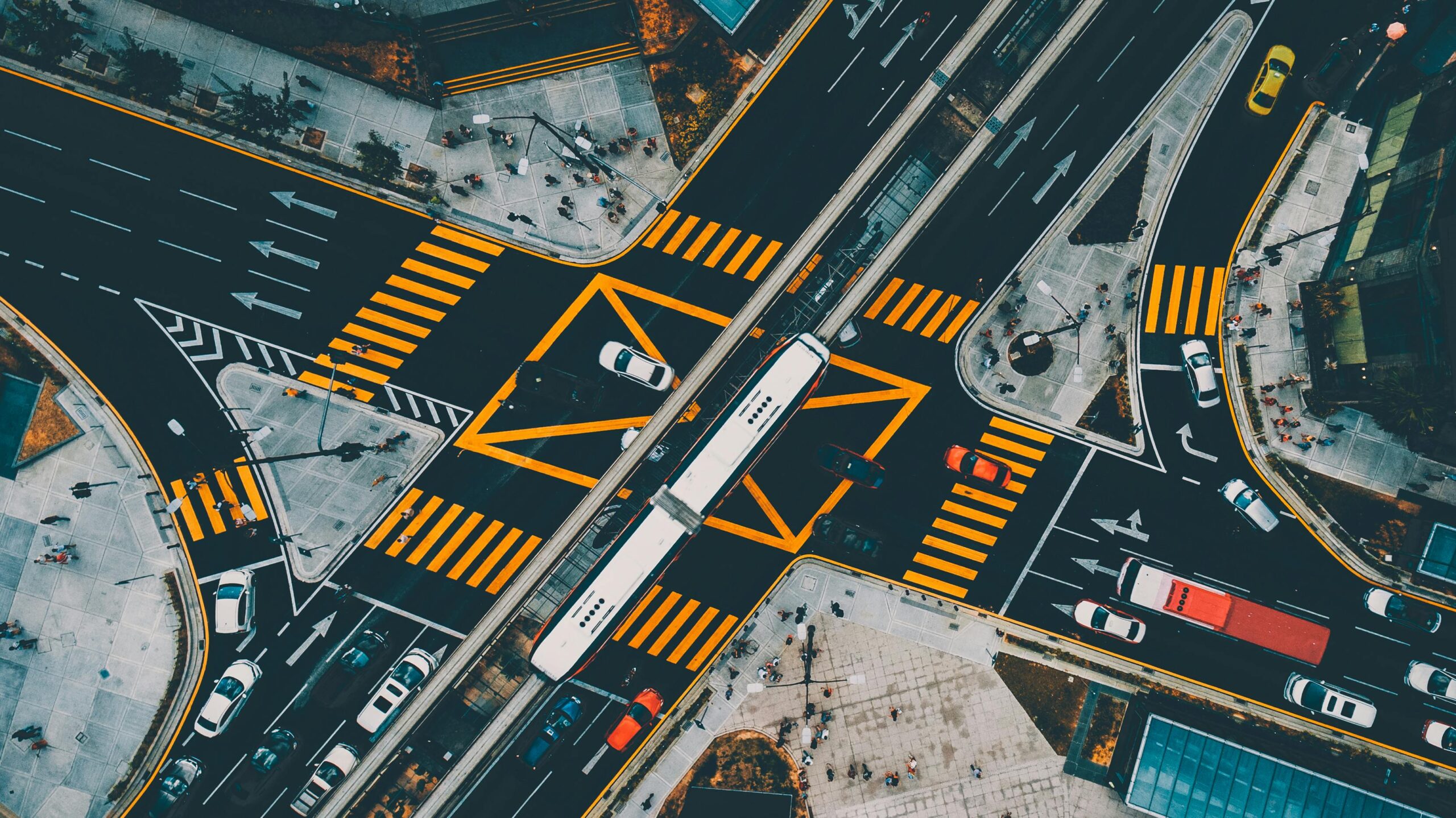Public
transport

We have a series of tools based on data analytics, machine learning and simulation that allow us to rigorously study potential changes in the design of public transportation networks.
It is possible to transform and improve the functionality of the public transport system.
The proposals are based on collaborative and continuous work with urban planners, considering specific demands and qualitative information collected by public management.
Our Tools
Optimization of public passenger transport networks
- Simulation of changes in the transport network: new lines, route changes and frequency variation.
- Computation of load and occupancy indicators, IPK and theoretical minimum frequencies.
- Cost and environmental impact assessment.
- Evaluation of distribution of stops and express lanes.
Generation of Origin-Destination matrices
- Analyze the mobility pattern of users to understand their current behavior.
- Understand the differences in the movements of different types of users.
- Analysis of mobility patterns on Saturdays and Sundays.
- Segmentation by user group: retirees, school children, etc.
Advanced data analytics
- Advanced analysis of transportation data. Linkage with census and geographic data from various sources.
- Development of maps for the visualization of geographic data.
- Development of management dashboards with multiple data and indicators.
Expected Results
Partial or total
changes
Depending on the objectives set by the planner, changes may occur in variables such as: lines, routes, demand, frequencies, number of cars, etc.
Quantitative evaluation
Computation of load indicators, occupancy, IPK, theoretical minimum frequencies and other KPI's for system evaluation.
Economic and environmental impact
Calculo del impacto económico y en el nivel servicio Calculation of the economic and service level impact of the suggested changes, as well as the of the suggested changes, as well as the environmental impact.








